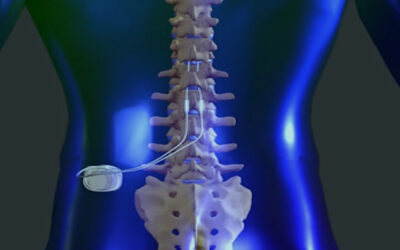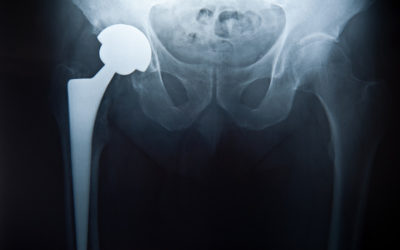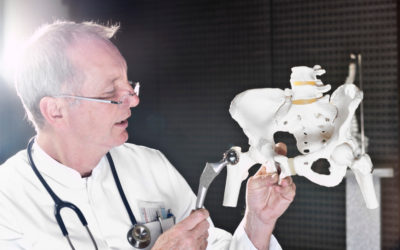Background: This lecture reviews the advantages and disadvantages of cement vs. cementless (porous) fixation in general and speculates why cement fixation was initially chosen on the femoral side of hip resurfacing. The possible advantages of uncemented fixation are discussed.
A fully porous coated femoral component was developed. During the first year of introduction, there were not enough uncemented components. Therefore component availability determined the type of fixation used in each case.
Methods: A comparison study is presented:
Comparison study: fully porous HSR vs. hybrid HSR (Biomet)
190 hips vs. 95 hips
Average 1.2 year f/u
Two groups done during the same time period by the same surgeon Semi-randomized, comparable groups
Results:
– No difference in HHS, UCLA Activity score
– No difference in radiographic results
– Revision rate 1.5% vs. 1%
Conclusions: At one year comparison there are no differences found in uncemented vs. cemented fixation of the femur in a semi-randomized study. Long term follow-up will be required to determine which method is superior.
Cementation of the femoral component is a time consuming, technically demanding technique. In contrast, uncemented fixation requires more accurate instrumentation, but is quick and simple to master.
Femoral neck fractures always occur prior to 6 months postop. Femoral loosening begins presenting after 6 months. From general knowledge with porous total joint implants, we know that implants that are stable at 2 years postop have achieved bone ingrowth and are unlikely to loosen thereafter. Cemented implants, on the other hand show increasing rates of fixation failure as time progresses. Therefore, if uncemented femoral resurfacing implants have the same revision rate as cemented components and are stable at 2 years follow-up, they most likely will be superior in the long run. Currently, we only have 1 year data.




